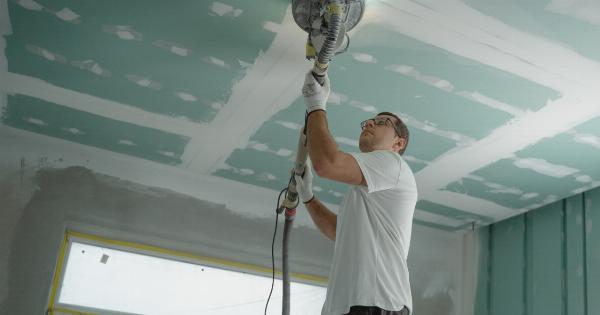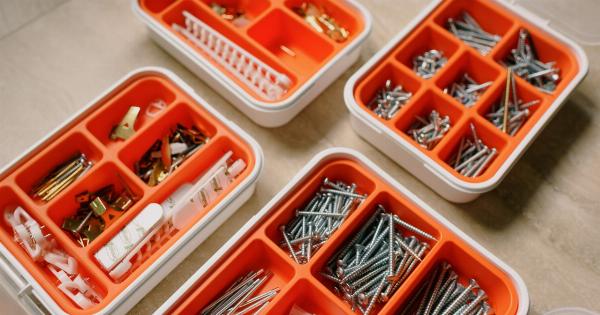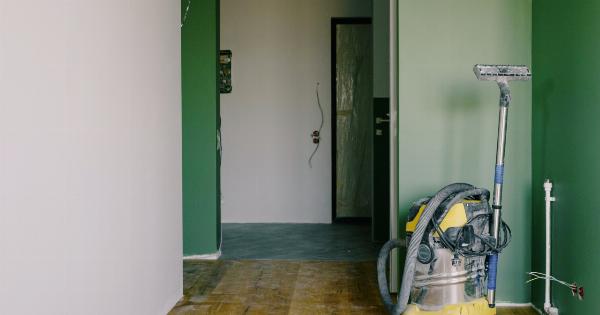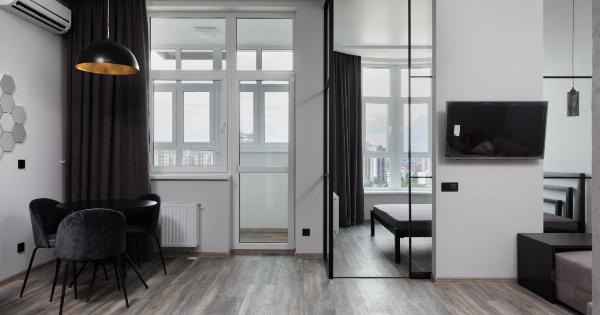Have you ever noticed those tiny specks floating in the air when sunlight streams through your window? They are known as dust motes, and while they may seem harmless, they can actually accumulate and cause various issues.
In this article, we will explore the reasons behind dust motes piling up and the consequences they can have on health and cleanliness. We will also provide some helpful tips on how to effectively manage and reduce dust accumulation in your surroundings.
What are Dust Motes?
Before diving into the accumulation and problems caused by dust motes, it’s important to understand what they actually are. Dust motes are microscopic particles that are present in the air we breathe.
They are composed of various substances, including dead skin cells, fabric fibers, pet dander, pollen, and even tiny fragments of insects. These particles are so small that they are often invisible to the naked eye, but they become visible when they are illuminated by light.
Why do Dust Motes Accumulate?
One of the primary reasons dust motes accumulate is due to their light weight. As they float through the air, they can easily settle on surfaces and objects.
Additionally, dust motes can be brought in from outdoors through open doors and windows or be transported inside on clothing and shoes. They can also be present in household items such as carpets, furniture, and bedding.
Another contributing factor to dust mote accumulation is poor ventilation. When there is inadequate airflow in a room, particles tend to stay suspended in the air for longer periods, increasing the chances of them settling on surfaces.
Dust motes also tend to accumulate in areas with high levels of humidity, as moisture can cause them to stick together and adhere to different surfaces.
The Consequences of Dust Mote Accumulation
While dust motes themselves may not be harmful, their accumulation can lead to several issues. One of the most common problems is the deterioration of indoor air quality.
Dust motes can contain allergens and other irritants that can trigger allergies and asthma symptoms. These particles can also pose a risk to individuals with respiratory conditions, as they can be inhaled and irritate the airways.
Furthermore, dust motes can accumulate on surfaces, causing them to appear dirty and dull. This can be particularly problematic for those with sensitive skin, as the contact with dust motes can lead to skin irritation and other dermatological issues.
Dust mote accumulation can also impact the functionality and lifespan of electronic devices, as the particles can interfere with their internal components.
Tips for Managing Dust Mote Accumulation
Now that we understand the issues associated with dust mote accumulation, let’s explore some effective tips for managing and reducing their presence in our surroundings:.
1. Regular Dusting and Vacuuming
Dusting surfaces and vacuuming floors, carpets, and upholstery using a HEPA-filtered vacuum cleaner can help remove dust motes and prevent them from settling.
It’s important to pay attention to areas that are often neglected, such as ceiling fans, lampshades, and window sills.
2. Frequently Change Bedding and Curtains
Bedding and curtains can act as magnets for dust motes, so it’s essential to wash and change them regularly. Using dust-mite-proof covers on mattresses and pillows can also help reduce dust motes in the bedroom.
3. Maintain Optimal Humidity Levels
High humidity levels can promote the accumulation of dust motes. Using dehumidifiers or air conditioners can help maintain optimal humidity levels and reduce the presence of these particles in the air.
4. Keep Windows and Doors Closed
Preventing dust motes from entering your living space is crucial. Keep windows and doors closed, especially during peak pollen seasons or when the outdoor air quality is poor.
5. Use Air Purifiers
Air purifiers with HEPA filters can effectively capture and remove dust motes from the air, improving indoor air quality. Place them in commonly used areas, such as bedrooms and living rooms, for maximum effectiveness.
6. Regularly Clean HVAC Systems and Filters
Heating, ventilation, and air conditioning (HVAC) systems can circulate dust motes throughout your home. Regularly clean the systems, change the filters, and consider using filters with higher MERV ratings to capture smaller particles.
7. Minimize Clutter
Cluttered spaces provide more surfaces for dust motes to settle and accumulate. Keep your living areas tidy by minimizing unnecessary objects and regularly decluttering.
8. Clean with Microfiber Cloths
When dusting surfaces, opt for microfiber cloths instead of traditional feather dusters or cotton rags. Microfiber cloths are more effective at trapping and removing dust motes.
9. Remove Shoes at the Entrance
Shoes can bring in dust motes from outside. Establish a no-shoe policy or provide a designated area near the entrance for guests to take off their shoes.
10. Regularly Wash Stuffed Toys
If you have children or pets, their stuffed toys can harbor a significant amount of dust motes. Regularly wash and clean these toys to reduce the presence of these particles.
Conclusion
Dust motes may seem insignificant, but their accumulation can have adverse effects on health and cleanliness.
By following the tips mentioned above, you can effectively manage and reduce the presence of dust motes in your surroundings, improving indoor air quality and creating a cleaner living environment for you and your loved ones.




























